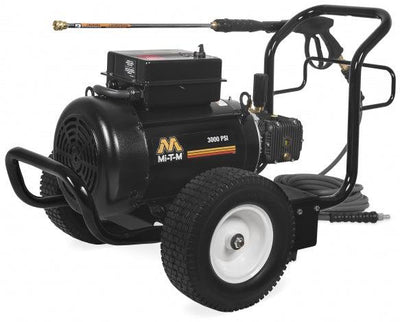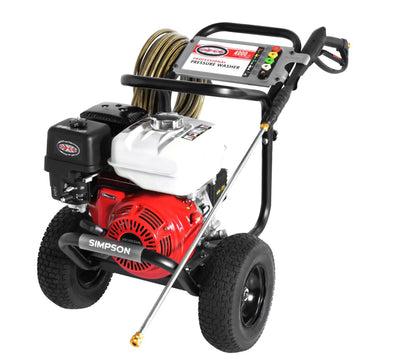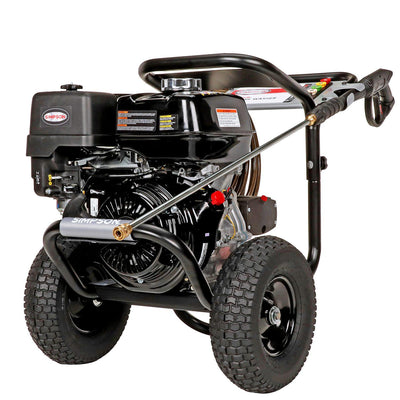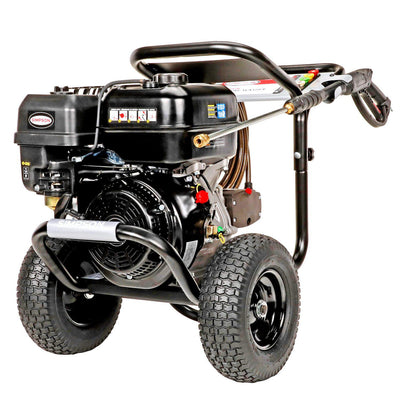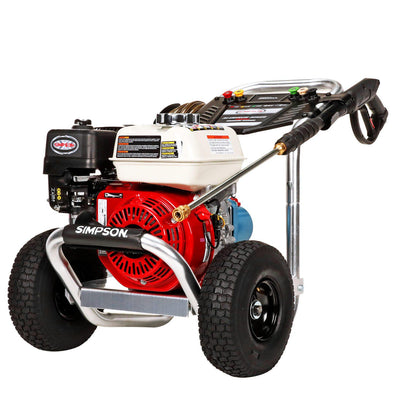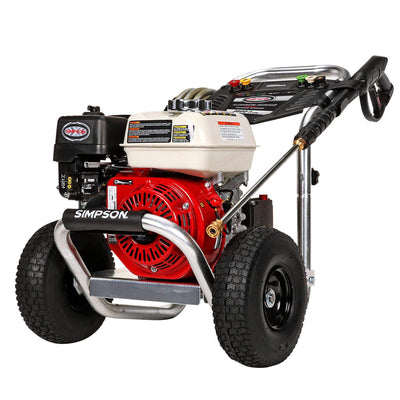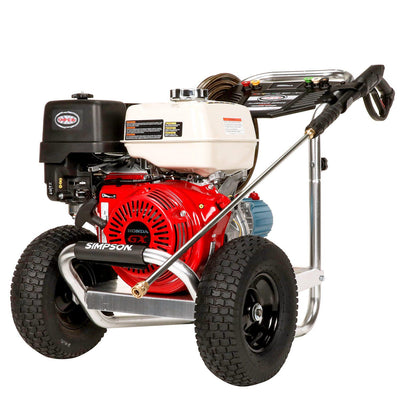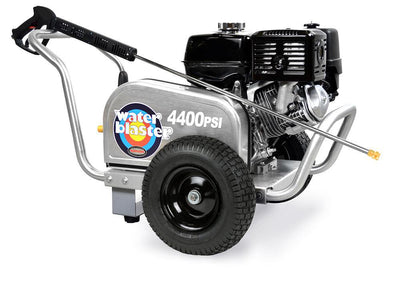Pressure Washing vs Sandblasting for Surface Preparation
In order to get good results painting, the surface has to be properly prepped. Two of the most common options to prep a surface for paint include pressure washing and sandblasting. Will cover the Pros and Cons of each method, and how you can determine if one is right for prepping your surface prior to paint.
How to Know if You can Pressure Wash or Sandblast the Surface prior to painting
Before we cover the pros and cons of sandblasting vs pressure washing, first it is important to verify if both are an option for your painting. In order to determine if you can pressure wash or sandblast the surface prior to painting, you should review the technical data sheet for your paints. Most paints will list a surface preparation standard that will be listed as a NACE or SSPC standard. Generally NACE standard 6 and 5 have the option to allow for pressure washing as an optional preparation method, additionally, SSPC 1 is a standard that requires all oils and soils to be removed from the surface and can be achieved with pressure washing. NACE level 6 often requires an etching agent to be considered in addition to the pressure washing. NACE level 5 requires pressures above 10,000 PSI so it is more of a water jet than pressure washer. Please note if the surface is steel you will need to consider a rust preventing agent when using water whether it be a pressure washer or wet abrasive blasting unit.
Pressure Washing VS Sandblasting Effectiveness
Between pressure washing and sandblasting, pressure washing can do a better job removing contaminants like oil or grease from a surface. However, if there is existing paint on the surface or the surface is smooth, sandblasting will be best as it will remove the paint from the product's surface and also create a profile on the surface. A profile allows for better bonding of your paint to the product surface which will result in potential for better performance from the paint you apply to the surface. While an etching agent can help profile a surface if your considering pressure washing, it will typically not remove existing coating as well, so if the surface is new pressure washing or blasting could potentially work, if there is any existing coating blasting will allow you to remove the coating and profile the surface which can yield better results.
Pros of Pressure Washing
Pressure washing is faster than sandblasting and generally can cost less initially as water is typically less expensive compared to abrasive blast media. Pressure washing can be more effective at removing contaminants from the products surface. Pressure washing will usually not alter the underlying surface unless a very high pressure is used or a narrow pressure washer tip is used. Pressure washers cost less compared to a blast pot, compressor, and blast media.
Cons of Pressure Washing
Pressure washing does not typically remove existing paint from a surface effectively (though it can b used for decks to strip an existing coating and sometimes hot pressure washers can be effective at removing some coatings). Pressure washing doesn’t profile unless you use an acid etch agent which can be hard to be able to safely dispose of.
Common Uses for Pressure Washing
- Cleaning homes prior to repaint
- Cleaning buildings to remove grease, oil, or debris especially where stripping existing paint is not required
- Cleaning and stripping decks prior to recoating
Common Uses for Sand Blasting
- Preparing steel for painting
- Stripping steel, concrete, or wood for repaint
- Cleaning fire damage surfaces for restoration
Final Thoughts
Generally, pressure washing is ideal for removing contaminants while sandblasting is ideal for removing paints that are on a surface and preparing a surface for repainting or new paint (for steel especially) clickandbuy .

